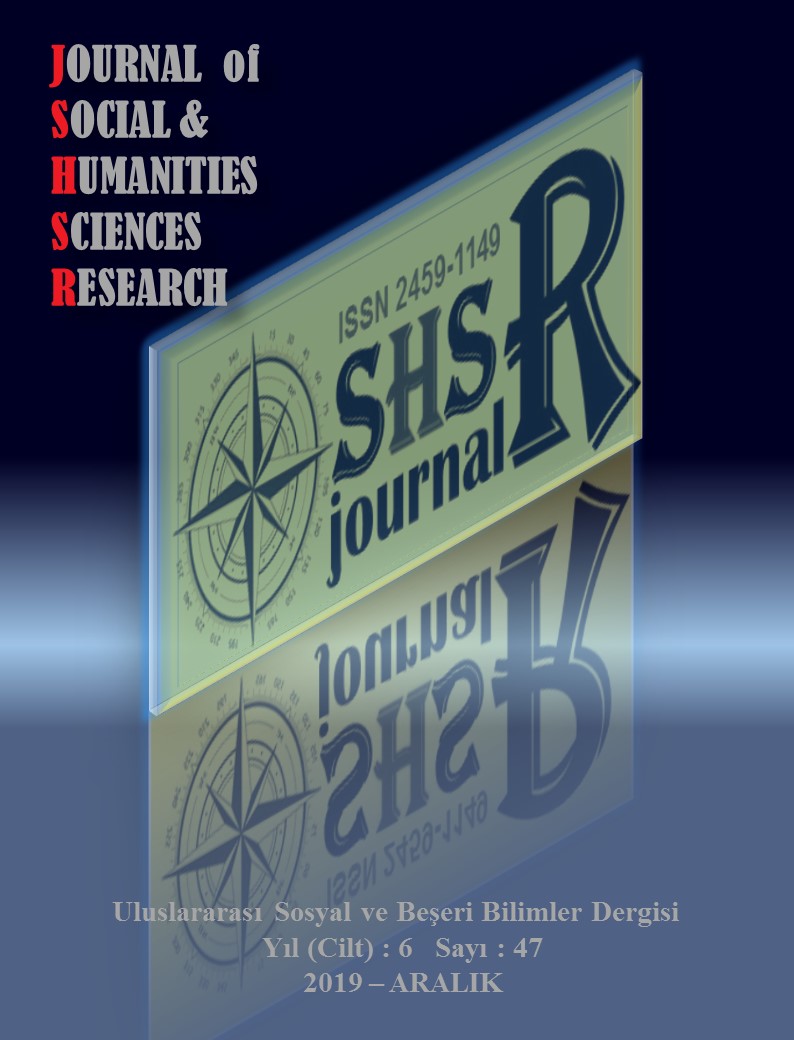ASSOCIATION ANALYSIS BETWEEN TEAM LEARNING VARIABLES
DOI:
https://doi.org/10.26450/jshsr.1652Keywords:
Team Learning, Relationships, Complementarity, Euclidean DistanceAbstract
Learning as a team is the reason for the concept of learning organization discipline learning organization, independent variable
and method. Therefore, in order to provide a learning organization in an organization, it is necessary to provide individual
learning and team learning depending on individual learning. Senge stated that in order to ensure the discipline of team learning
in an organization, it is not enough to apply the variables that form the team learning discipline only in the organization, but
also that these variables should complement each other. In this sense, in the literature part of the study, the definition,
characteristics and variables of organizational learning discipline learning as a team are explained. The aim of this study is to
determine the relationship between the variables of the discipline of team learning (the degree of completion of each other) and
the variable / variables that contribute to the relational structure of the team learning learner. In this study, a questionnaire was
applied to the employees of Karabük İron and Steel Factory in order to determine the relationships between the variables of the
discipline of the learning organization as a team. The validity and reliability of the study were ensured for the research. In this
study, the Pearson correlation coefficient was used to determine the relationships between the variables of team learning and learning organizational discipline. Then, using the multi-scale model, the euclidean distance of these variables was calculated
within the context of the relationships between the variables belonging to the team learning discipline and the relationship
status of the variables was presented visually. According to the findings, it was found that the relationships between all variables
of team learning discipline were positive and moderate in general. In addition, the significance values of the relationships
between all variables were taken as 0.00 at 95% significance level, and since this value was less than 0.05, the relationships
between all variables were found to be significant (p=0,00˂0,05). In the study, there is not much difference between the
contribution of the variables except THO1 and THO4 to the relational structure. However, it was found that the contribution
quantities of THO1 and THO4 variables to the relational structure were less than those of the other variables to the relational
structure. Therefore, THO1 and THO4 variables contributed less to the relational structure compared to the other variables of
team learning discipline. This is confirmed by the Euclidean distance of the THO1 and THO4 variables to the other variables
and the visuality of the Euclidean distance between the said variables. Therefore, for the meaningful application of THO1 and
THO4 variables in Karabük İron and Steel Plant, the environment that will interest and complement each other and other
variables THO1 and THO4 variables should be prepared and activities should be carried out.
Downloads
Published
How to Cite
Issue
Section
License
Copyright (c) 2019 INTERNATIONAL JOURNAL OF SOCIAL HUMANITIES SCIENCES RESEARCH

This work is licensed under a Creative Commons Attribution 4.0 International License.


